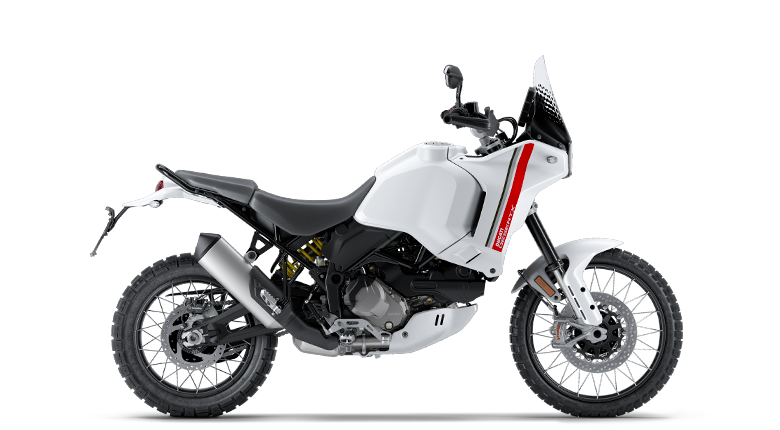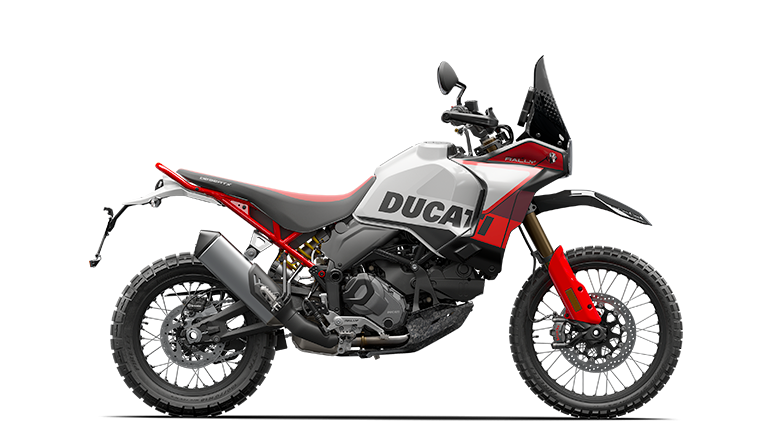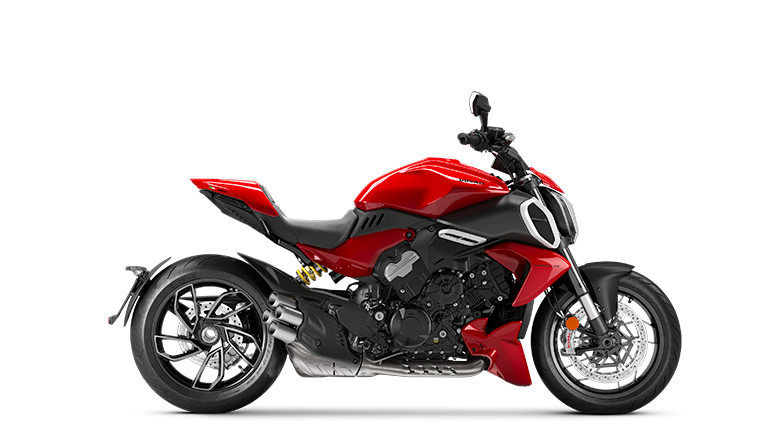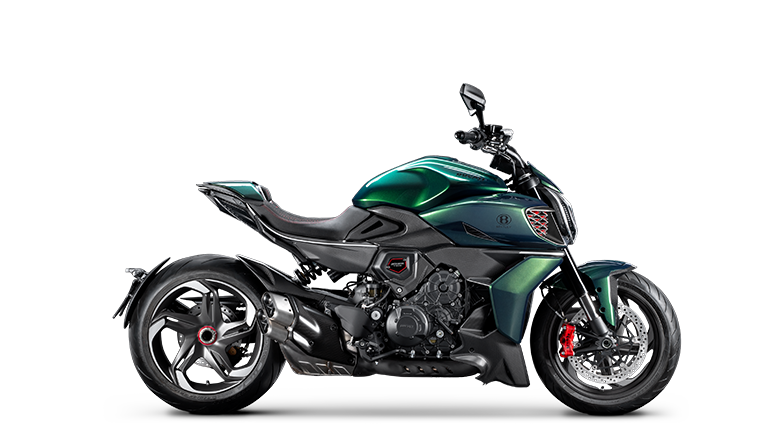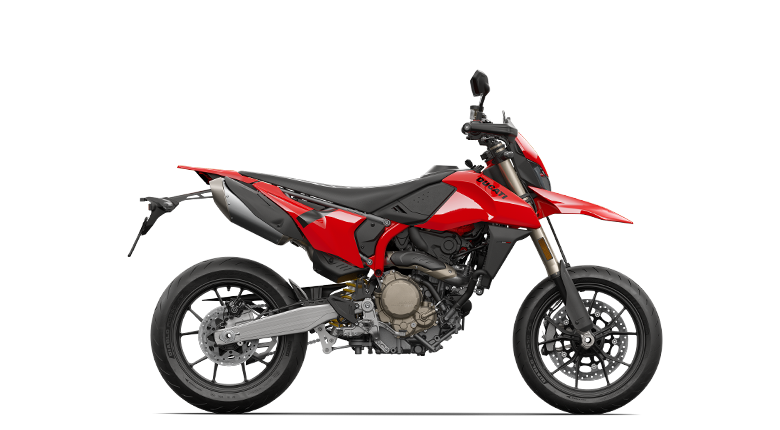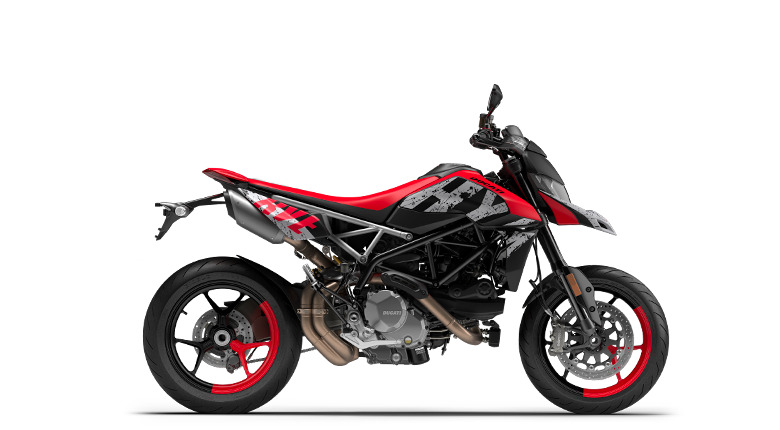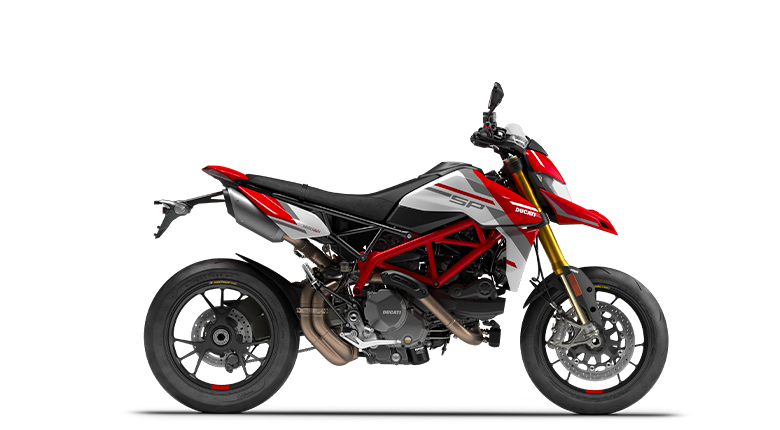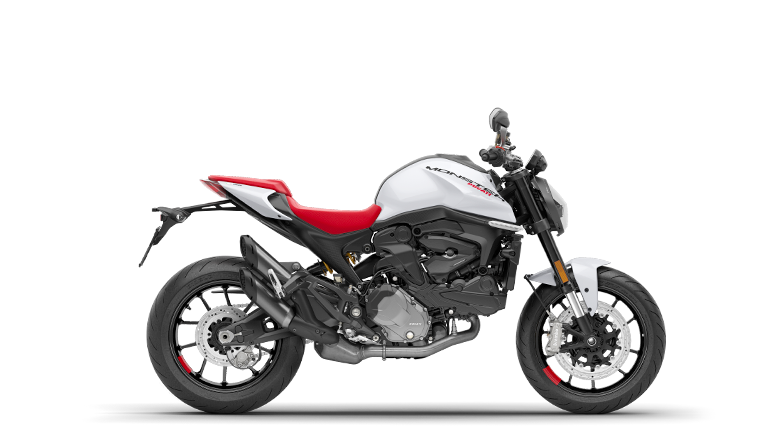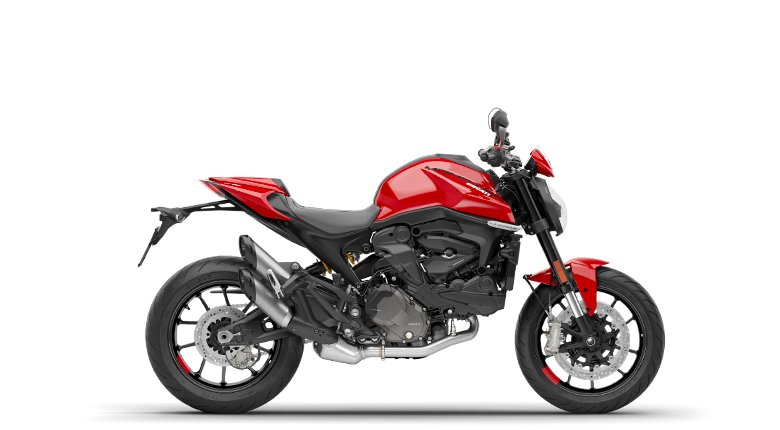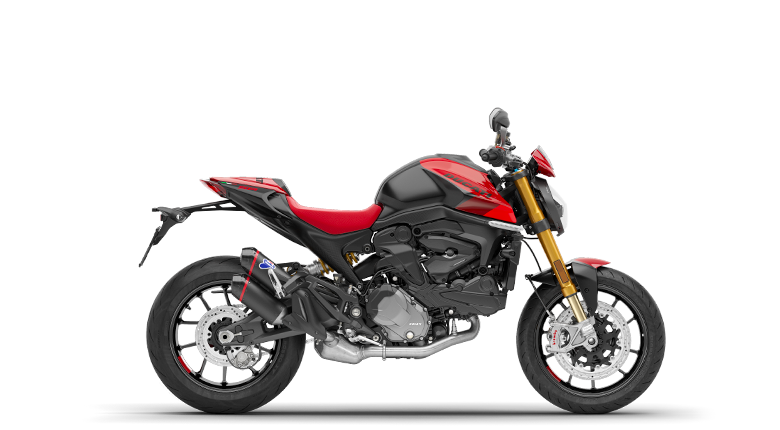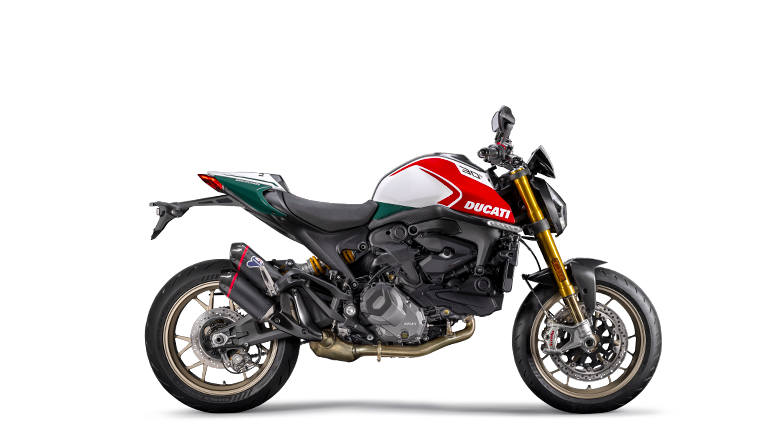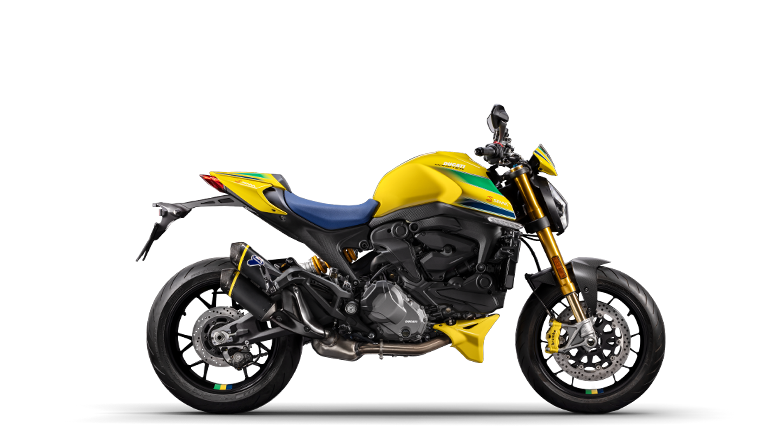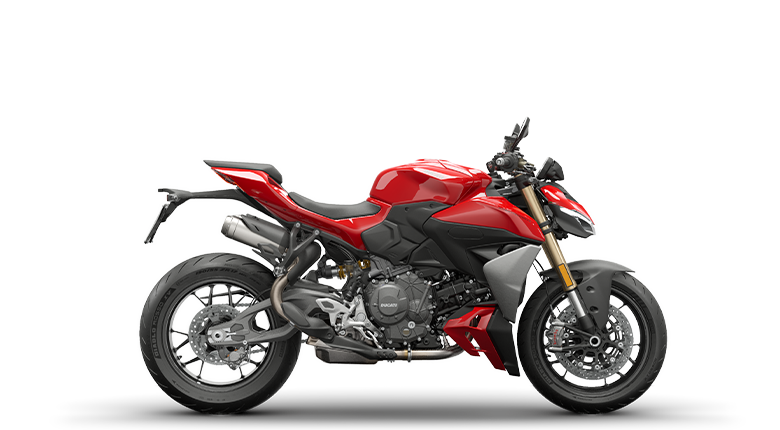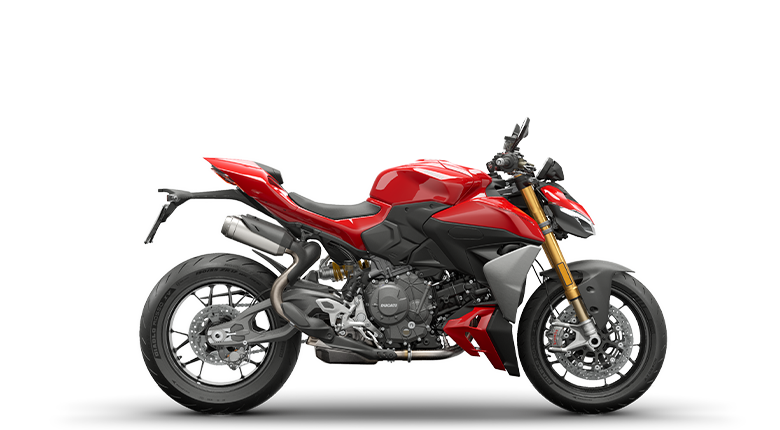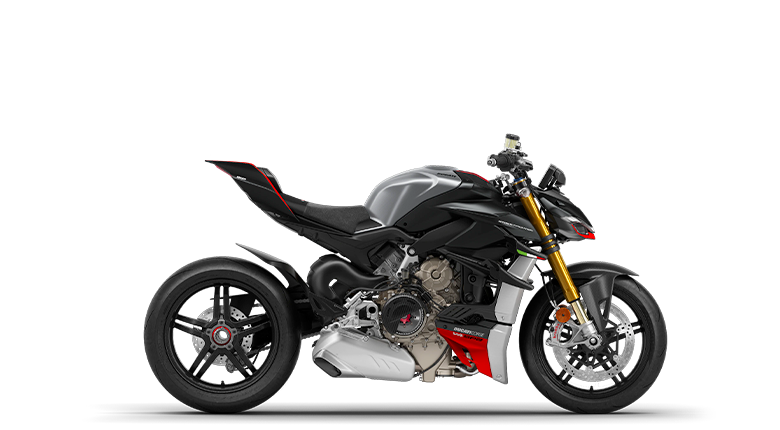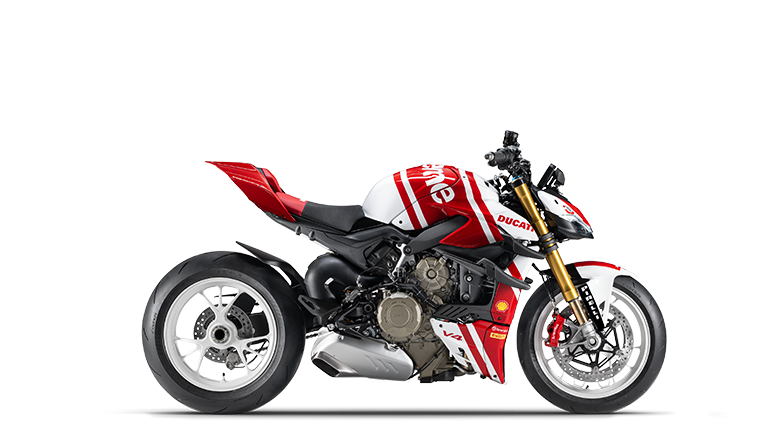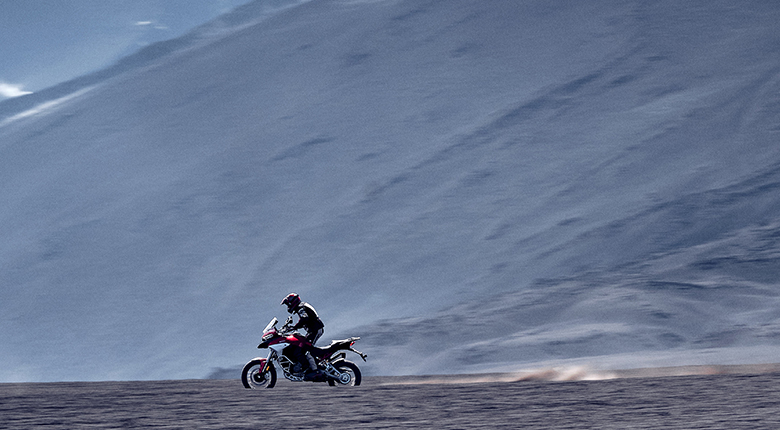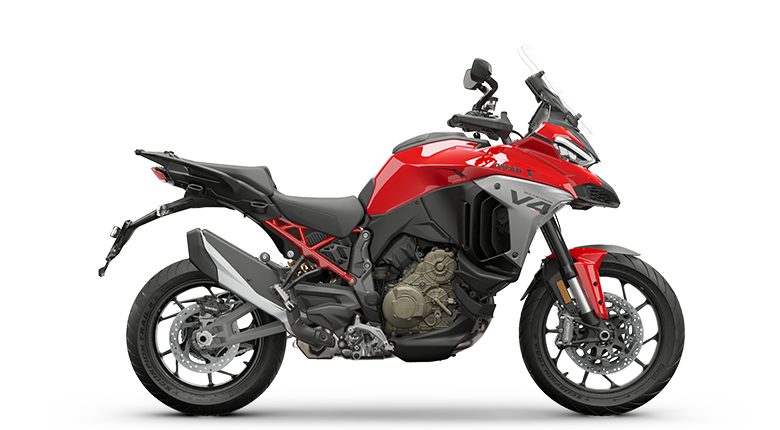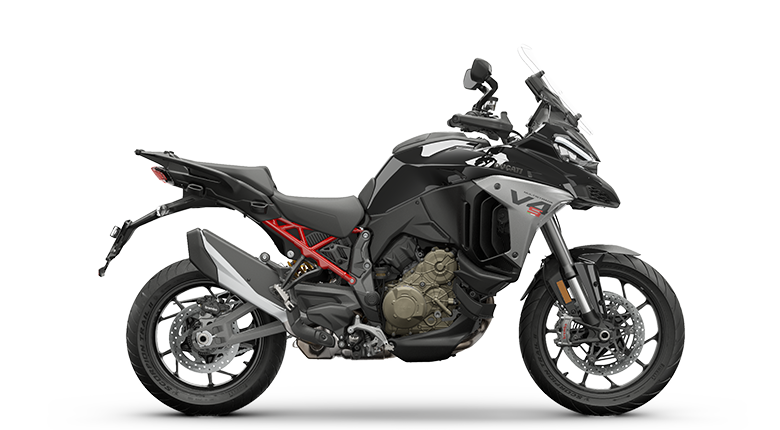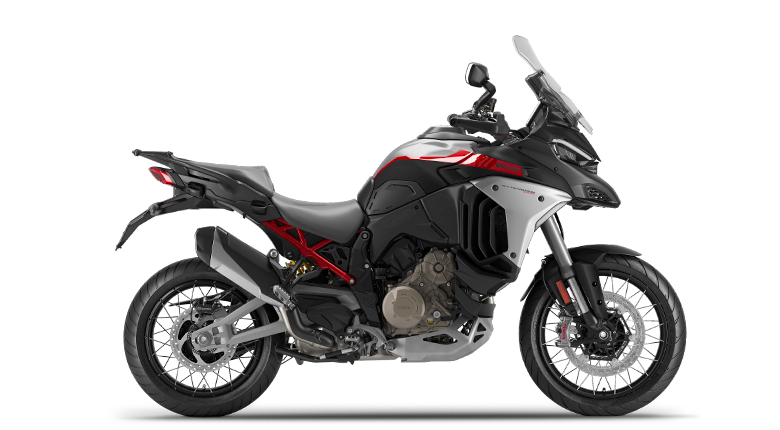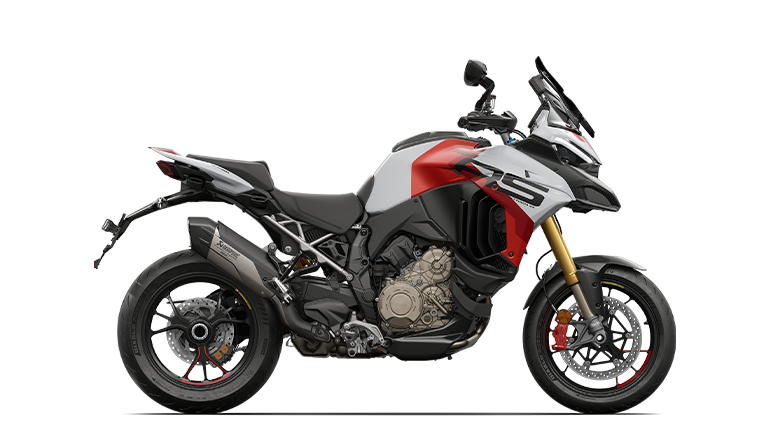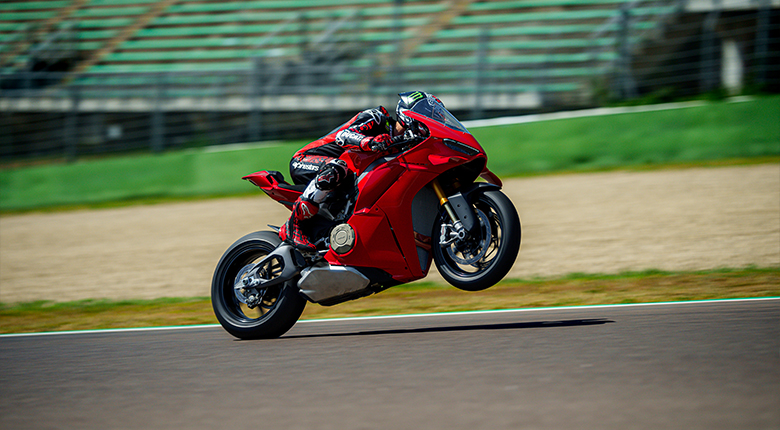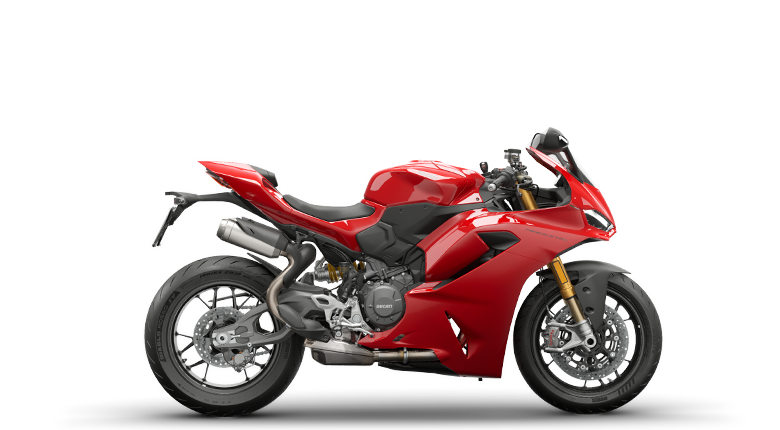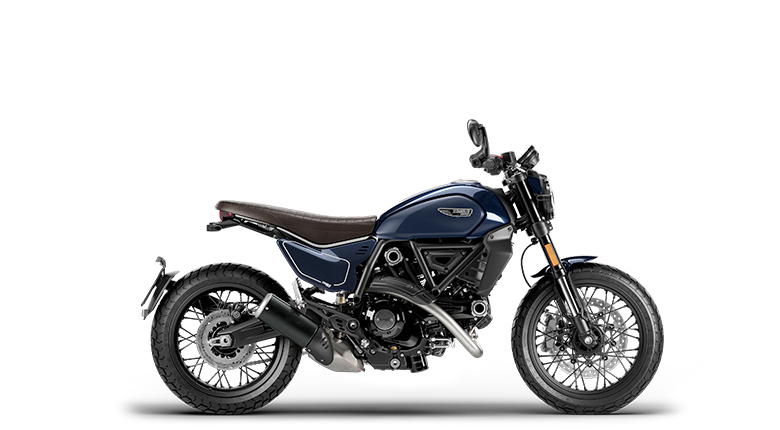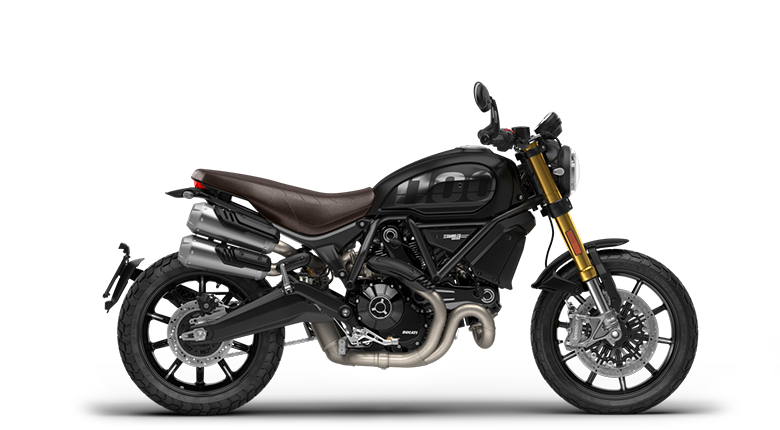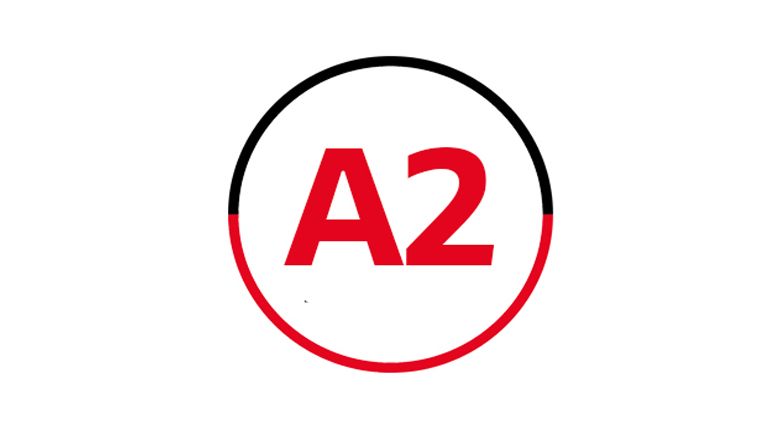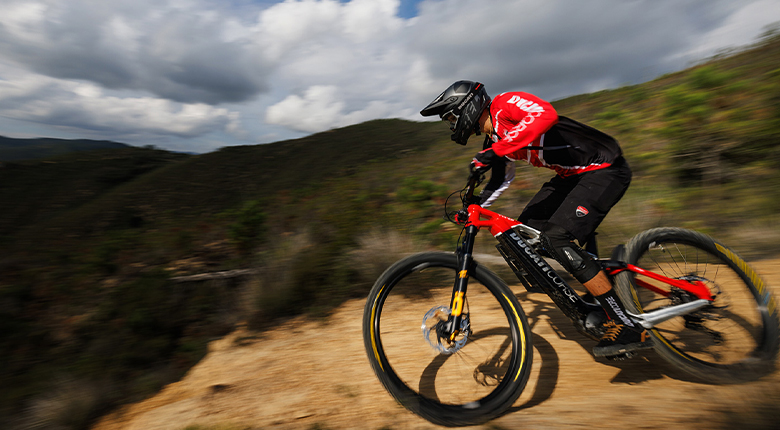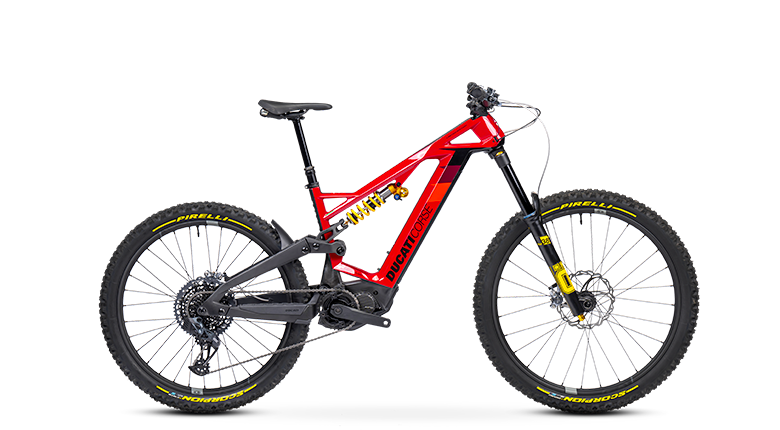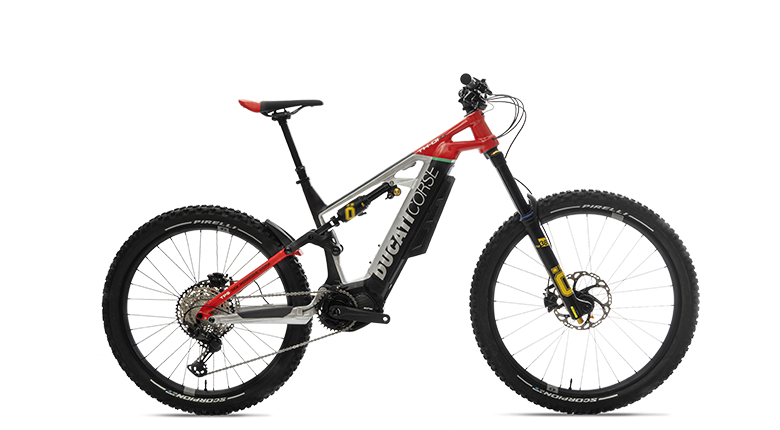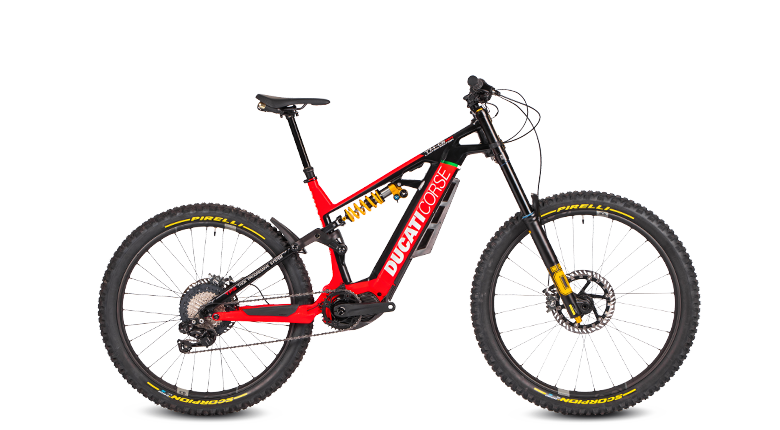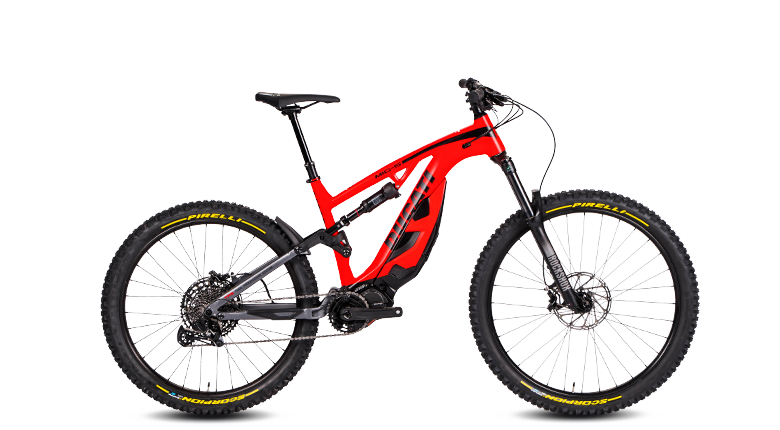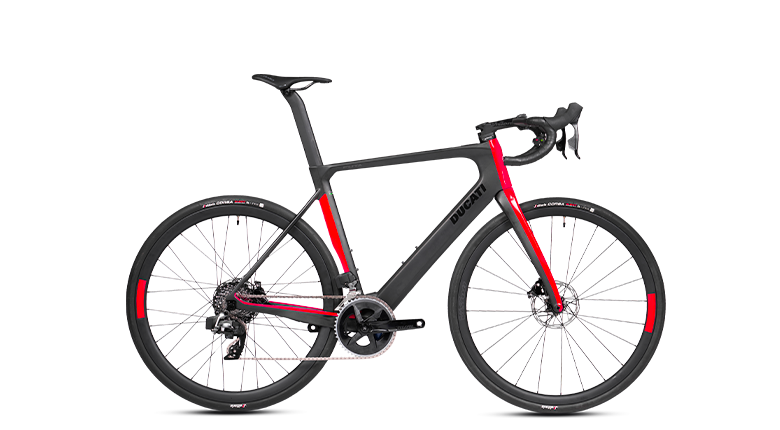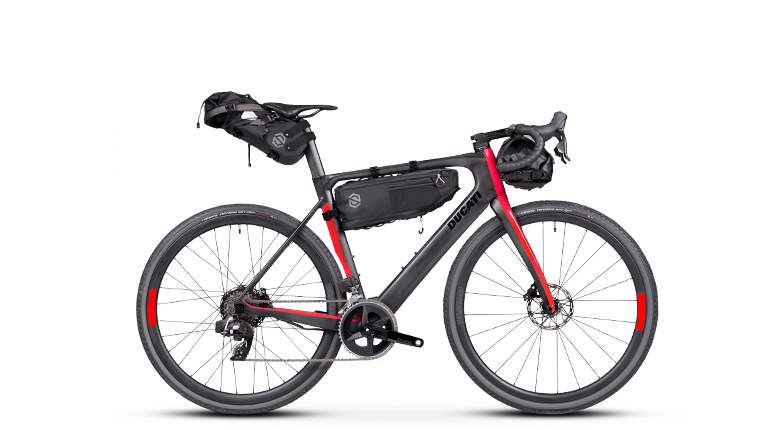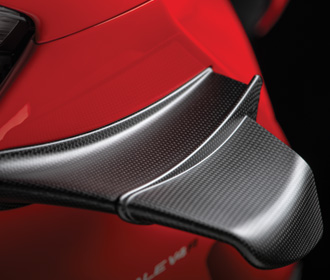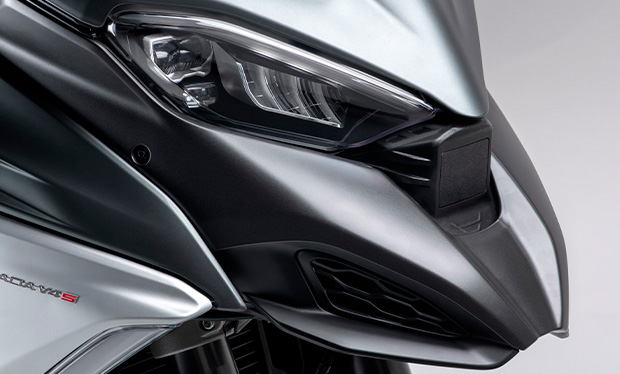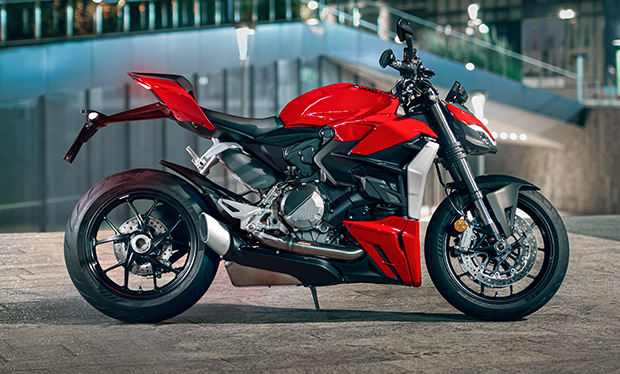-
Models
-
DesertX
![]()
-
Diavel
![]()
- V4
- Diavel for Bentley
Diavel -
XDiavel
![]()
- new V4
XDiavel -
Hypermotard
![]()
-
Monster
![]()
-
Streetfighter
![]()
-
Multistrada
![]()
-
Panigale
![]()
-
![]()
-
A2 Licence
![]()
-
Off-Road
![]()
- new Desmo450 MX
Off-Road -
E-Bikes
![]()
- Overview
-
Powerstage RR Limited Edition
![]() Powerstage RR Limited Edition£11,690 i
Powerstage RR Limited Edition£11,690 i -
TK-01RR
![]() TK-01RRNow at £6,490 i
TK-01RRNow at £6,490 i -
TK-01RR LIMITED EDITION
![]() TK-01RR Limited Edition£10,890 i
TK-01RR Limited Edition£10,890 i -
MIG-S
![]() MIG-SNow at £4,390 i
MIG-SNow at £4,390 i -
FUTA
![]() FUTANow at £6,490 i
FUTANow at £6,490 i -
FUTA AXS
![]() FUTA AXSNow at £6,490 i
FUTA AXSNow at £6,490 i -
new
FUTA All-Road
![]() FUTA All-RoadNow at £6,490 i
FUTA All-RoadNow at £6,490 i
E-Bikes -
Limited Series
![]()
- Ducati Speciale
- Ducati Unica
Limited Series
-
- Current Offers
- Ducati Financial Services
- DWP 2026

- Hypermotard 950 Termignoni Silencer Offer
- Panigale V4 Low APR
- £1,000 New Rider Contribution
- £100 Helmet Trade-in Contribution
- Multistrada V4 4.9% APR Representative finance
- Ducati Hypermotard 698 Mono Accelerate
- Diavel V4 4.9% APR Representative finance
- New 7.9% APR Representative finance
- Ducati Scrambler Accelerate
- Ducati Lithium Battery Charger
- Ducati SuMisura
- 4 Year Warranty
- Ducati Finance Calculator
- Ducati Approved
- More Offers In Store

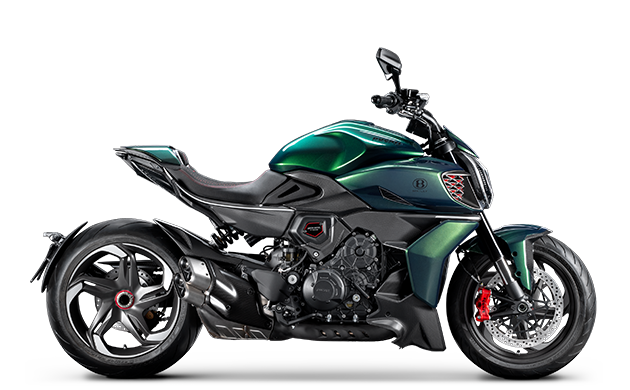
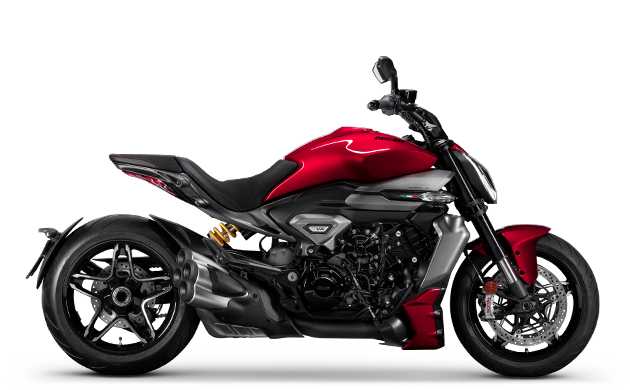
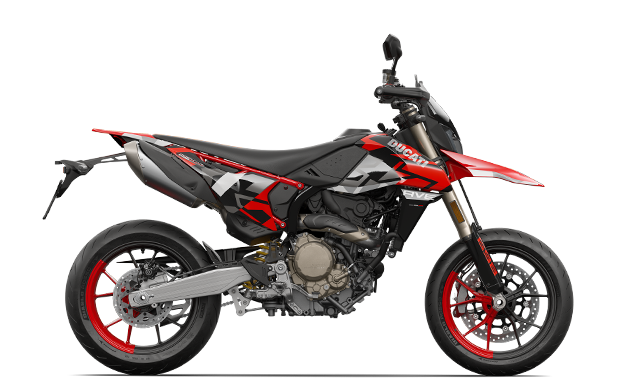
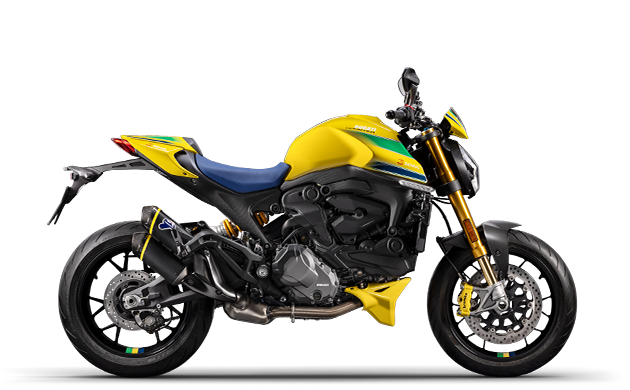
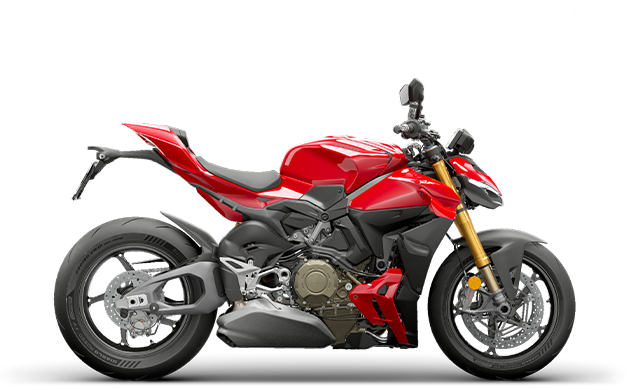
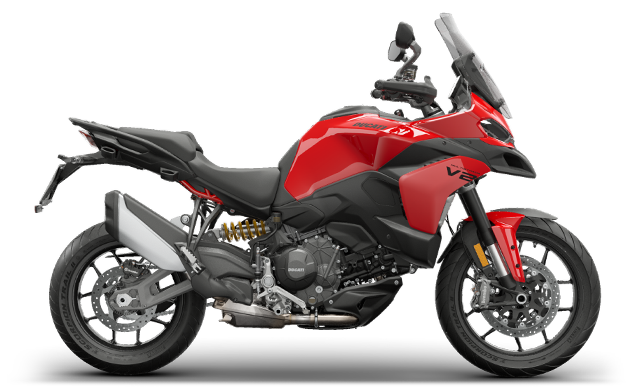
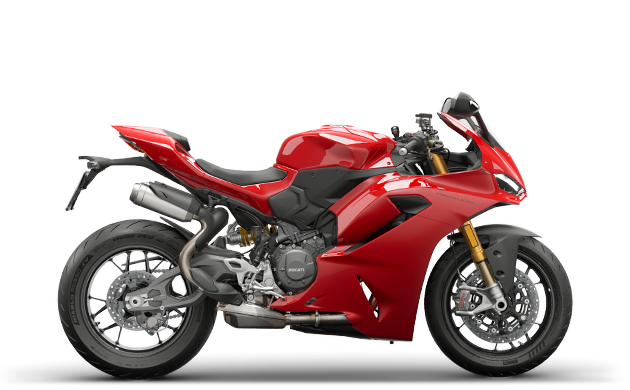

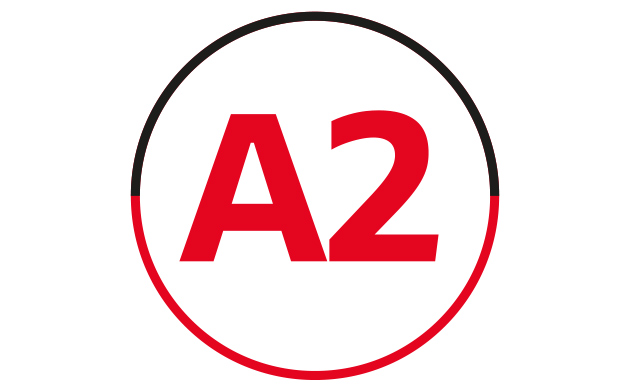

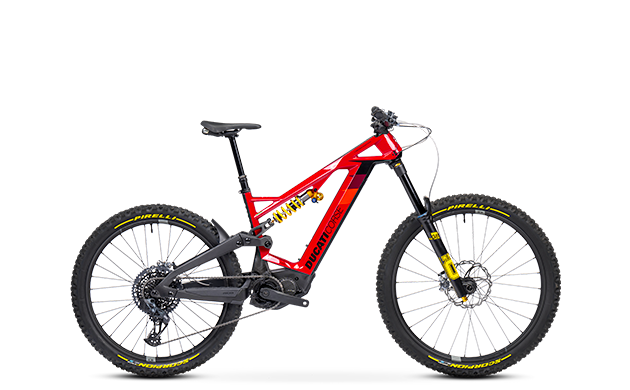

- Accessories
- Apparel
- Collab
- Events
- Press Reviews
- Travel With Ducati
- Ducati Academy
- Travel Adventures
- Ducati Stories
- News
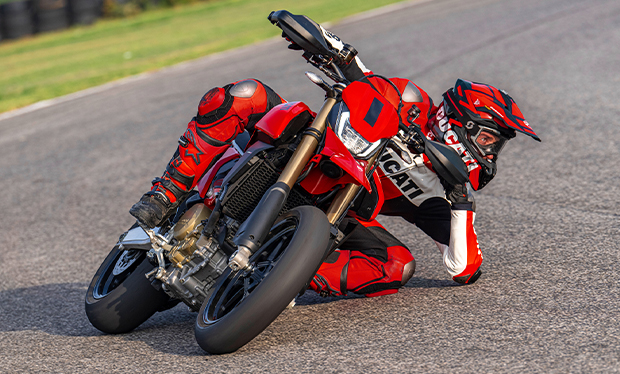
Press Reviews
Want to find out what the press have to say about the latest Ducati models? Check out our dedicated page
Home- Motogp
- World Superbikes
- Ducati UK Racing
- Motocross
- MotoE
- Services
- Maintenance
- Connectivity
- Dealer Network
- Who we are
- Innovation
- Design
- Corporate Social Responsibility
- Partners
- FONDAZIONE DUCATI
- Borgo Panigale Experience
- Ducati Approved
- Current Offers
- Hypermotard 950 Termignoni Silencer Offer
- Panigale V4 Low APR
- £1,000 New Rider Contribution
- £100 Helmet Trade-in Contribution
- Multistrada V4 4.9% APR Representative finance
- Ducati Hypermotard 698 Mono Accelerate
- Diavel V4 4.9% APR Representative finance
- New 7.9% APR Representative finance
- Ducati Scrambler Accelerate
- Ducati Lithium Battery Charger
- Ducati SuMisura
- 4 Year Warranty
- Ducati Finance Calculator
- Ducati Approved
- More Offers In Store
- Finance
- Configurator
- Insurance

Moto Rapido Racing’s Team Owner and Crew Chief Steve ‘Wilf’ Moore spoke with WorldSBK Commentator Greg Haines on the Ducati stand at Motorcycle Live, sharing some insights into the Supersport class.
Steve, tell us about some of the tech behind the Supersport class, because that’s where I’m not so good and you definitely are, especially with the team winning the title the previous year with Ben Currie on the Panigale V2.
Wilf: The Supersport class has evolved quite a lot over the last couple of years. It used to be a 600 class and was defined by 600cc bikes. But with the decline of 600cc bikes being manufactured the organisers made a move to allow larger capacity machines to race.
That required quite a technical balance of rules and regulations, which they’ve done a very good job of, and now the class is just Supersport. In fact, since 1996 it hasn’t been a 600cc class. You’ve had the 748 Ducati, the 675 Triumph, but it’s still a habit for people to call it a 600 class, but it is Supersport.
All those engine specs now are measured, calibrated, checked, and balancing’s done electronically, and it works very well.
There’s only so much you can do with what the road bike is, compared to the race bike?
Wilf: Yes, the Ducati V2 is actually a bike that in Supersport spec makes less horsepower than the road bike does, because it has a big engine. That’s a good example of how balancing really works.
That for us has been a good step forward because the bike’s exceptionally reliable because they’ve not been tuned to within an inch of their life. So, we can run a whole Supersport season on one V2 engine, whereas the old school 600cc high revving and really runed bikes were doing four, five, six engines a season. The reliability of the Ducati V2 has been outstanding.
They balance the rules slightly vary between the British and World Supersport championships don’t they, with the different organisers using different balancing rules?
Wilf: That’s right. They have different concepts to work with. For example, in the World Supersport championship they use a softer rear tyre so that gives benefits to the bikes that won’t accelerate of the corner hard enough, so they have to be balanced slightly differently. It’s there or thereabouts the same, but there are a few tweaks to suit a certain type of circuit as well. They have fast types of circuit, but they certainly don’t have a Cadwell Park to contend with.
I suppose a difference with some of the BSB tracks as well is that you don’t always have to use the full power of the engine, certainly on a Superbike, because of the nature of the British circuits.
Wilf: Exactly that. I think we’re seeing this in the new generation of road bikes now, where we don’t need 250hp on the road. The new Panigale V2 is a good example where 120hp is absolutely plenty. If you look at some of the data from Ben Currie’s Supersport bike, you’d be amazed at how little amount of horsepower it takes to start to spin the rear wheel.
How tricky is it then for the people at MSV and the organisers involved if someone who is not having a particularly good season says the balancing rules are out, but in reality they might not be that competitive? How do you gauge where to fine tune things, that must be hard to get right?
Wilf: It is, but it’s a kind of a theoretical maximum really. The balancing rules are not there to balance a poor rider or poor team into being competitive. They’re there to make sure nobody has a distinct advantage of machinery. And that’s really how it works. So, there’s a very complex set of measurements and calculations based on the weight of the bike, the power, the torque characteristics, the maximum revs. Those things are used in a computer model simulation, so that you can say that if the same level of rider managed to get the most out of each bike then effectively, they would have the same performance.
But bikes in all classes have always had strengths and weaknesses. In Superbike there’s no balancing and we can tune the engines, and some bikes are faster than others. Some are better handling, and some have better braking. We don’t want a lot of bikes that are all identical. We want bikes with different strengths and weaknesses to race against each other.
It’s funny because I remember not so long ago that people were saying Supersport is dead. The class is gone, dead and buried. Scott Smart of course introduced next generation Supersport regulations, and it just shows that if you tweak things here and there, you can go on.
Wilf: Well, the key was to allow the manufacturers to race the bikes they were producing, rather than the old-style way of making bespoke bikes for racing. Which to be honest kind of suited Ducati, but now it works very well for all. It allows lots of more manufactures into the series with lots of new models.
I guess when you look at these new categories, you had 300s coming in in 2017, and the new Sportbike category in BSB, the key is just adapting as times change. You’ve got to go in line with what’s happening in the market.
Wilf: Yes, exactly that. You need to be racing the bikes that the manufactures want to showcase.
Finally, Ben Currie I felt was unlucky in Supersport this year after winning the title the previous season. He’s going to be right there in ’25 isn’t he.
Wilf: Yeah, we did get a little bit unlucky. But the top three riders in the championship were pushing each other so hard that something had to give. All three of them had accidents that were kind of forced, with crashes coming after really having to push their bikes. And Ben had two or three of those, and the other guys had one, and that was just the bad luck really. The bad luck came in the last round with a crash that left him injured. But we’re very confident for next year with Ben. He’s won it for us before, and he can win it again.
 DesertX
DesertX Diavel
Diavel
 XDiavel
XDiavel Hypermotard
Hypermotard
 Monster
Monster  Streetfighter
Streetfighter Multistrada
Multistrada Panigale
Panigale
 A2 Licence
A2 Licence
 Off-Road
Off-Road E-Bikes
E-Bikes Limited Series
Limited Series


